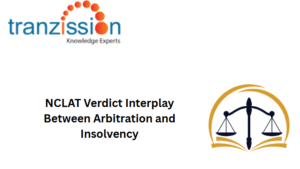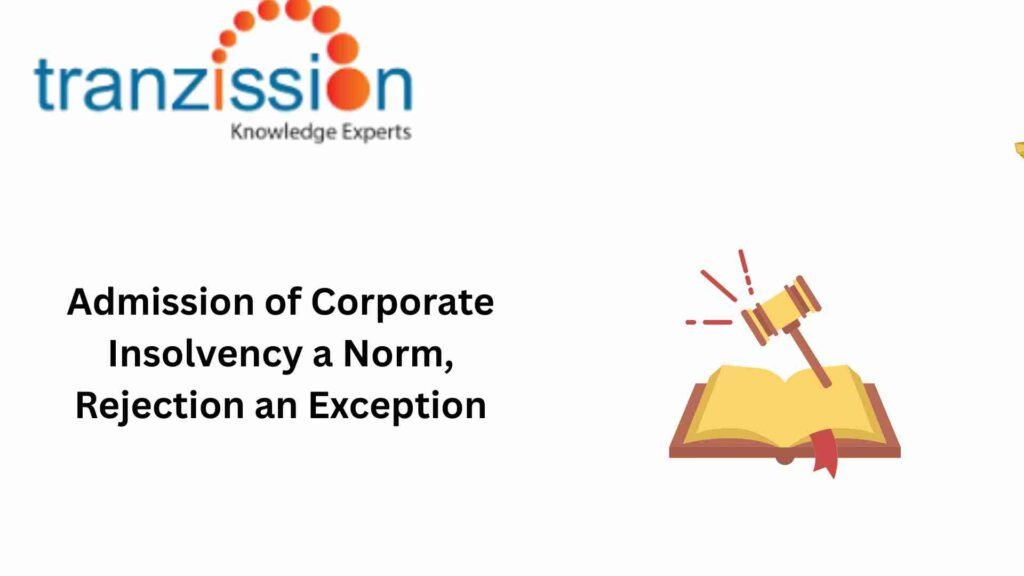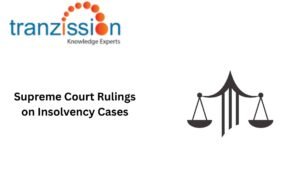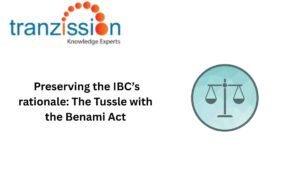
Admission of Corporate Insolvency a Norm, Rejection an Exception

Table of Contents
The Insolvency and Bankruptcy Code, 2016 (“the IBC”) aims to facilitate the Admission of Corporate Insolvencyy, and the initiation of the process is intended to be the standard course of action when a default has occurred. The Adjudicating Authority, the National Company Law Tribunal (NCLT) considers various factors when deciding whether to accept or reject an application, including the overall financial health and viability of the corporate debtor, the feasibility of the CIRP process, and the impact of the CIRP on the stakeholders.
Understanding Section 7 of the IBC
IBC Provisions and Process:
Section 7 of the IBC allows financial creditors to file an application before the NCLT to initiate the Admission of Corporate Insolvency resolution process (CIRP) against a corporate debtor upon default. After receiving the application, the NCLT, within 14 days, will admit it if the application is complete, there is no payment of the unpaid operational debt.
The operational creditor has delivered the invoice or notice for payment to the corporate debtor, no notice of dispute has been received by the operational creditor or there is no record of dispute in the information utility, and there is no disciplinary proceeding pending against any resolution professional proposed.
The NCLT can reject the application if it is incomplete, if there has been payment of the unpaid operational debt, the creditor has not delivered the invoice or notice for payment to the corporate debtor, notice of dispute has been received by the operational creditor or there is a record of dispute in the information utility, or any disciplinary proceeding is pending against any proposed resolution professional.
Read more : What is rebidding in the resolution process?
Interpretation of “Shall” in Section 7(5):
The use of the term “shall” is interpreted as discretionary, not mandatory, meaning the NCLT has the power to admit or reject a CIRP application, even if a default has been established.
Judicial Interpretations
In Innoventive Industries Ltd. v. ICICI Bank, the Supreme Court held that for triggering section 7(1) of the IBC, a default can be in respect of a financial debt owed to any financial creditor of the Admission of Corporate Insolvency debtor, not just the applicant financial creditor. This case established that upon proof of default, the NCLT is obligated to admit the application, indicating a mandatory interpretation of Section 7(5)(i)(a).
In Vidarbha Industries Power Ltd. v. Axis Bank Ltd. the appellant, Vidarbha Industries, faced financial distress due to pending receivables and contested the initiation of CIRP by Axis Bank. The Supreme Court emphasized that the NCLT has discretion under Section 7(5)(a) and is not bound to admit every application upon proof of default.
The tribunal must consider the overall financial health and viability of the Admission of Corporate Insolvency debtor before admission. The Supreme Court in M. Suresh Kumar Reddy v. Canara Bank reinforced the discretionary power of the NCLT, stating that while the existence of debt and default are primary considerations, the tribunal must also assess other relevant factors, including the feasibility of resolution and the debtor’s financial position, before admitting an application.
Implications for Insolvency Professionals
Strategic Considerations:
Financial creditors must ensure that applications under Section 7 are not only complete but also address potential concerns regarding the debtor’s financial health and the viability of resolution. Further, IPs should be prepared to present arguments that align with the tribunal’s discretionary considerations, such as the potential for the debtor’s revival and the broader impact on stakeholders.
Due Diligence and Documentation:
IPs need to conduct thorough assessments of the corporate debtor’s financial status to preemptively address issues that may influence the NCLT’s decision. They must also clearly document the occurrence of default and its implications to strengthen the case for admission of the application.
Recommendations for Practice
- IPs should continuously monitor and analyze emerging judicial interpretations to ensure that strategies are aligned with the latest legal standards.
- IPs should work closely with financial analysts to present a holistic view of the debtor’s financial situation.
- IPs need to maintain transparent communication with all stakeholders to manage expectations and facilitate smoother resolution processes.
- The Insolvency and Bankruptcy Board of India (IBBI) should customize application approaches based on the specific circumstances of the case and the nuances of recent rulings.
Conclusion
The Supreme Court has clarified that Section 7(5) of the IBC grants the NCLT the discretion to accept or reject an application for initiating the resolution process. While the presence of a financial debt and default is a prerequisite for initiating CIRP, the NCLT is not bound to admit the application automatically. Hence, judicial interpretations of this provision have underscored the discretionary power of the NCLT in Admission of Corporate Insolvency applications.





